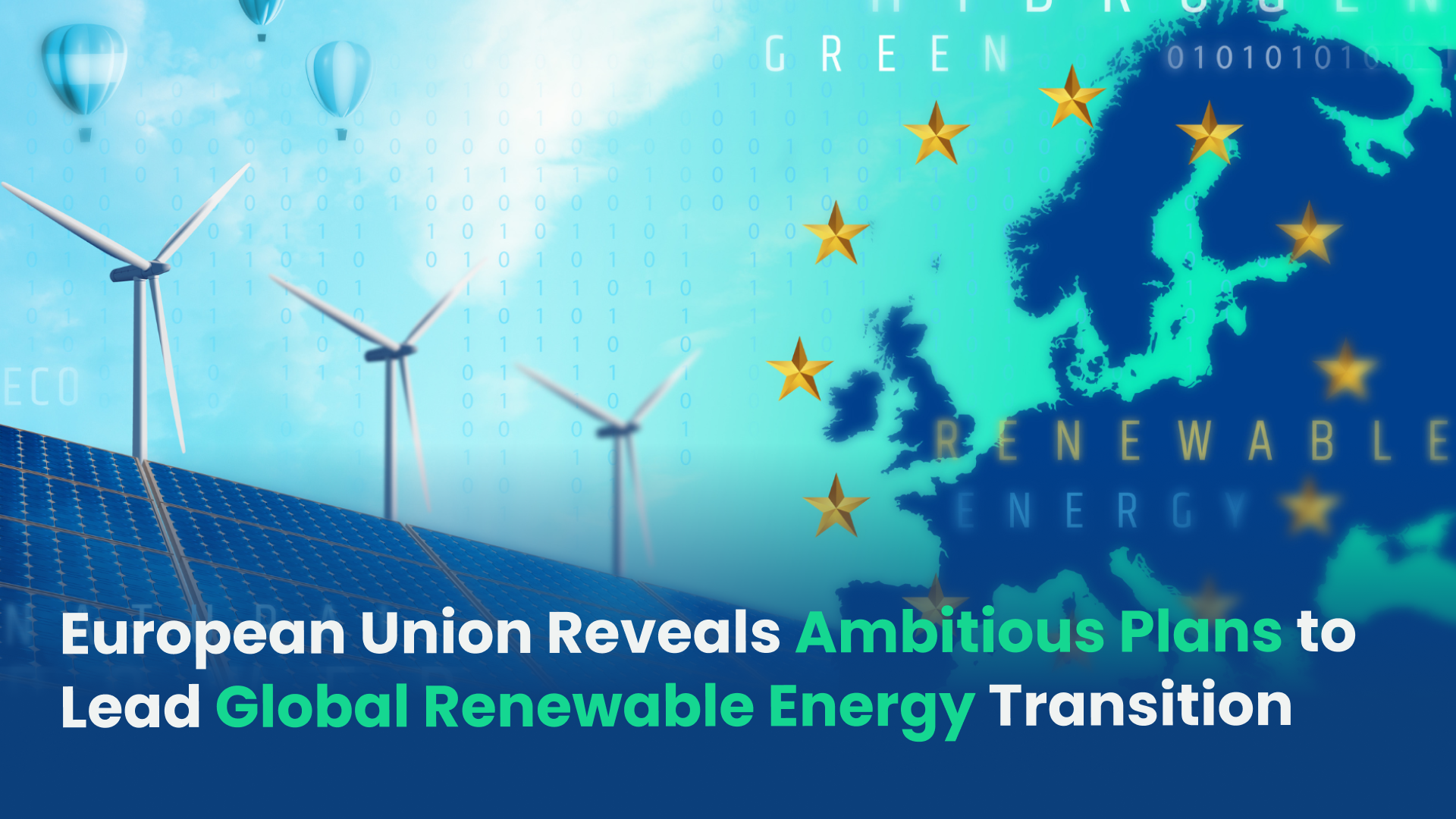Renewable Energy
Historic EU Renewable Energy Milestone
Author Myjota In June 2025, Lithuania achieved a remarkable breakthrough in its energy sector by generating a record-setting 80% of its total electricity consumption from renewable energy sources (RES).
Administrator
July 4, 2025
13
0

**Lithuania’s Renewable Energy Transformation: June 2025 Report** **1. Historic Renewable Energy Milestone** In June 2025, Lithuania achieved a remarkable breakthrough in its energy sector by generating a record-setting 80% of its total electricity consumption from renewable energy sources (RES). This marked a major step forward in the country’s shift towards energy sustainability and independence. The breakdown of renewable electricity generation for the month is as follows: * Wind power plants: 45% of total electricity consumed * Solar power plants: 32% * Hydropower plants: 3% This transformation represents a significant improvement compared to previous years. Between 2019 and 2022, the share of RES in electricity consumption consistently remained below 20%. In contrast, for the full year 2025, Lithuania is on track to generate approximately 60% of its electricity from renewables — a threefold increase in a relatively short period. **2. Geopolitical Drivers of Change** One of the key factors behind the rapid growth of RES in Lithuania has been the geopolitical context, particularly Russia’s energy war against the European Union. This confrontation acted as a catalyst, pushing EU member states to reduce their reliance on fossil fuel imports and invest aggressively in green energy. In Lithuania’s case, it helped "release the RES genie from the bottle," accelerating policy support, funding mechanisms, and infrastructure development. **3. Impact on Electricity Prices** The surge in domestic electricity production had a profound impact on the national electricity market. In June 2025, electricity prices in Lithuania dropped to their lowest level in five years. On June 29, the country recorded a historic milestone: for the first time ever, the average electricity price for the entire day turned negative. This price drop is directly linked to Lithuania’s increased self-sufficiency. In June, 95% of all electricity consumed in the country was produced locally, significantly reducing the need for imports and buffering domestic consumers from volatile international energy markets. **4. Strengthening the Trade Balance** Lithuania's transition to local, renewable energy has also had a strong positive impact on its foreign trade balance. The reduction in net electricity imports over recent years is noteworthy: * 2022: €1.9 billion paid for net electricity imports * 2023: €0.7 billion * 2024: €0.5 billion * 2025 (projected): €0.2 to €0.4 billion As Lithuania continues to rely more heavily on domestically produced electricity, it is expected that these expenditures will fall even further, freeing up resources for other sectors of the economy. **5. Risks to Continued RES Growth** Despite these impressive developments, there are potential risks that could hinder further growth of the RES sector. One such challenge is the phenomenon of low or even negative electricity prices. If this trend persists, it may discourage investment in new renewable energy projects, especially from private sector players. To address this, Lithuania will need to: * Expand its electricity interconnections with continental Europe, especially with major markets such as Germany. * Invest in electricity storage systems to balance supply and demand more effectively. **6. Stimulating EV Adoption** The environment of low electricity prices also creates new opportunities for electric vehicle (EV) adoption. As electricity becomes cheaper, the operational costs of EVs become significantly lower than those of internal combustion engine vehicles. For example, in June 2025: * A trip from Vilnius to the seaside cost around €5 in electricity for an EV. * The same trip cost approximately €30 in fuel for a gasoline or diesel car. This sixfold cost difference makes EVs an increasingly attractive option for consumers. Additionally, EVs contribute to grid stability, as they are typically charged during off-peak hours (nights and weekends), when electricity is most abundant and cheapest. **Note:** For comparison, bus and train tickets for the same trip cost approximately €25–€30 per person. **7. Conclusion** June 2025 marks a pivotal point in Lithuania’s energy transformation. With record levels of electricity generated from renewable sources, historic lows in electricity prices, and a strengthened trade balance, Lithuania is setting an example for energy resilience and sustainability. Continued strategic investment and policy support will be essential to maintain momentum and fully realize the potential of a green energy future.
Comments (0)
Please sign in to leave a comment
No comments yet. Be the first to share your thoughts!
Related Articles
No related articles found.